.png)
Journal: British Journal of Nursing
Author: Amanda Carr
Publication Date: February 2021
.png)
Background: Peripheral intravenous catheters (PIVCs) are the most commonly used vascular access devices (VADs) for short-term treatments. However, for various reasons, some patients cannot rely on PIVCs for extended periods of treatment but do not meet the criteria for central venous catheter (CVC) placement. According to Chopra et al. in 2015, 43% of patients were found to have overutilized CVCs. The use of CVCs carries risks of thrombosis and infection, while repeated use of PIVCs can compromise vascular health. Considering factors such as the patient’s diagnosis, duration of therapy, quality of vascular access, type of infusion, and frequency of intravenous administration, midline venous catheters emerge as a more appropriate VAD option.
Objective: To evaluate the clinical safety and efficacy of AST midline venous catheters.
Methods: A total of 44 cases of midline catheter usage between September 2018 and December 2018 were reviewed at a large independent tertiary pediatric hospital in the United States. The evaluation included patient satisfaction, cost-effectiveness, and efficiency analysis. The study also presented experiences from other medical centers using midline catheters.
Results: For patients with appropriate vascular access needs and conditions, midline venous catheters can serve as an effective alternative to CVCs and PIVCs.
Clinical Application of Midline Catheters in the Study
1.Departments Using Midline Catheters:
PICU, Emergency and Critical Care Unit, Neurology, Endocrinology, Pediatric Surgery, and Transplant Ward.
2.Material:
The midline catheters are made of polyurethane, which inhibits bacterial growth and prevents biofilm formation.
3.Catheter Specifications:
Available models include:
- 3 Fr × 6 cm
- 4 Fr × 8/10 cm
- 5 Fr × 8/10 cm
Insertion Technique:
The Accelerated Seldinger Technique (AST) is used for catheter placement. This technique enhances safety, reduces the risk of infection and air embolism, prevents catheter displacement, and minimizes the risk of venous rupture. Ultrasound-guided puncture further reduces vascular trauma and, compared to the Modified Seldinger Technique (MST), significantly shortens procedure time.
.png)
4.Ultrasound Evaluation:
Ultrasound assessment is the optimal method for determining whether a patient is suitable for midline catheter insertion. It facilitates the evaluation of vascular conditions and ensures accurate determination of the appropriate catheter length for midline placement.
5.Clinical Outcomes of Midline Catheter Use:
- No infections associated with midline catheters were reported during the study period.
- The complication rate (e.g., infiltration) was approximately three times lower compared to peripheral intravenous catheters (PIVCs).
- 86% of clinical nurses recommended the use of midline catheters.
- Cost analysis revealed a savings of $2,892.45 by comparing the placement of midline catheters to the average number of PIVCs used.

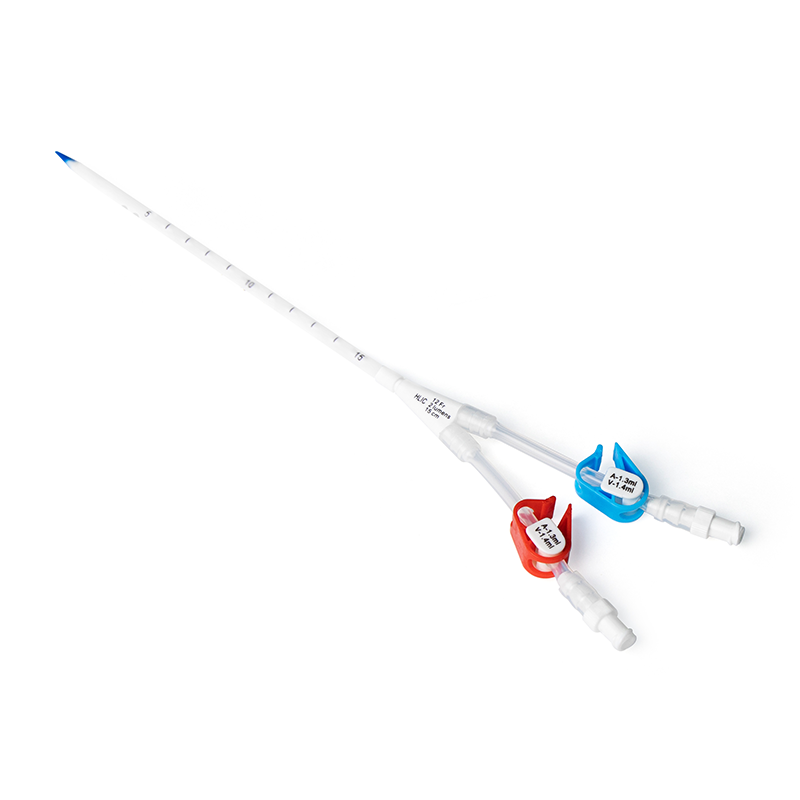
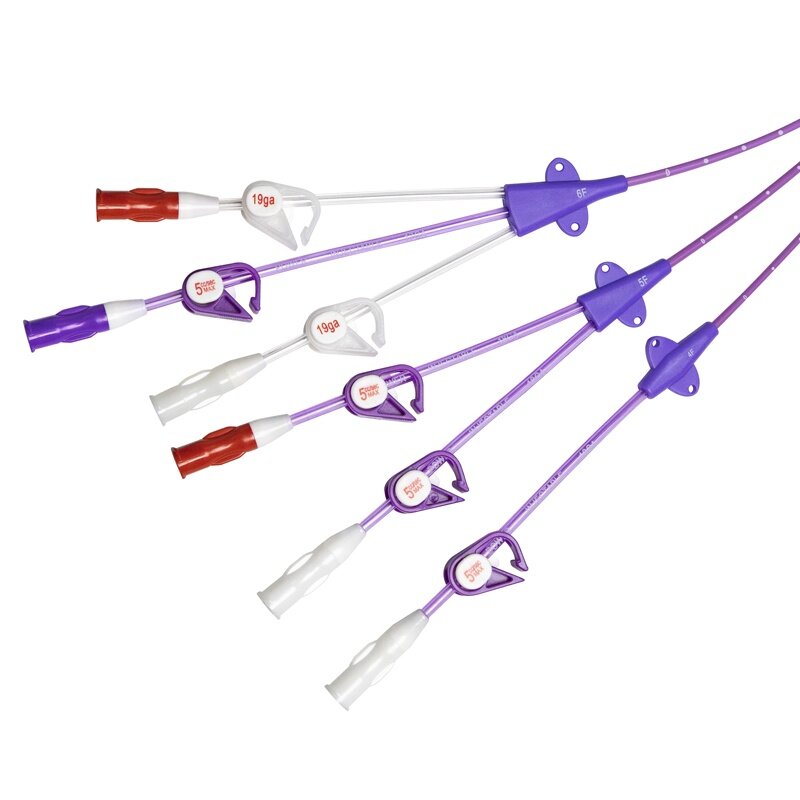
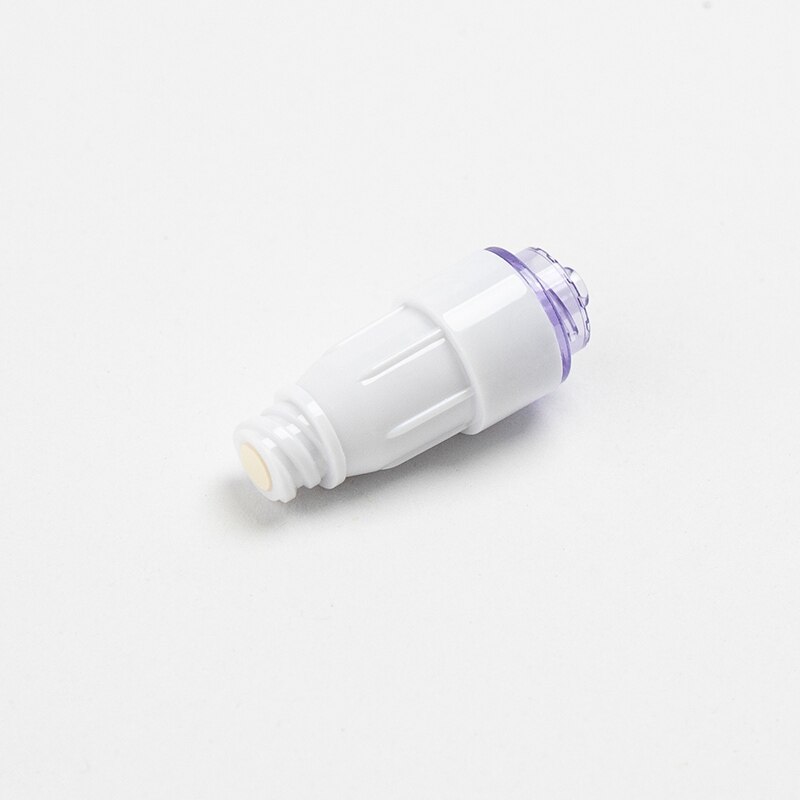
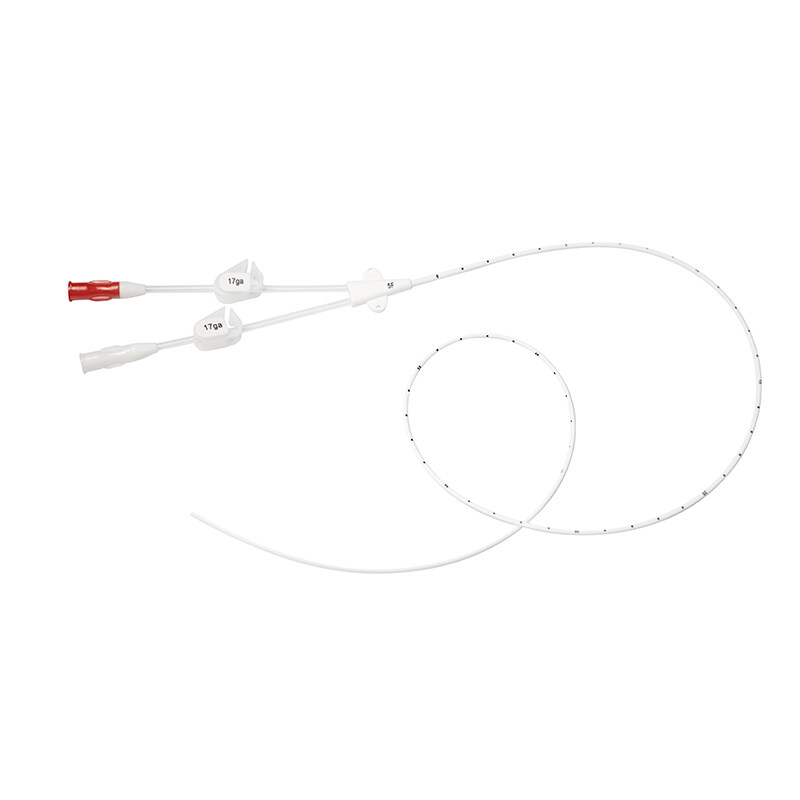
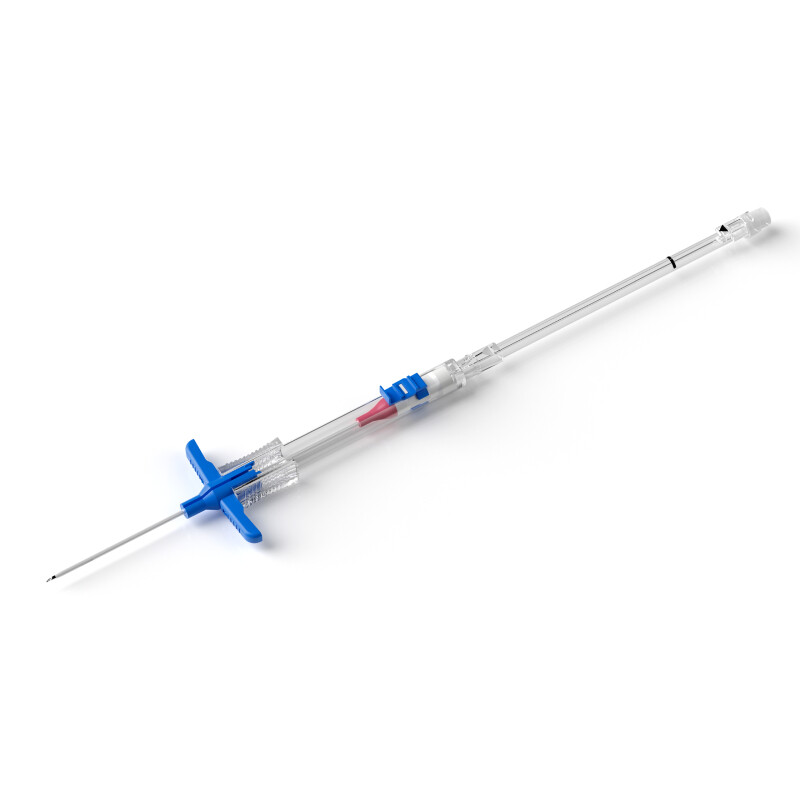
.png)
.png)
.png)